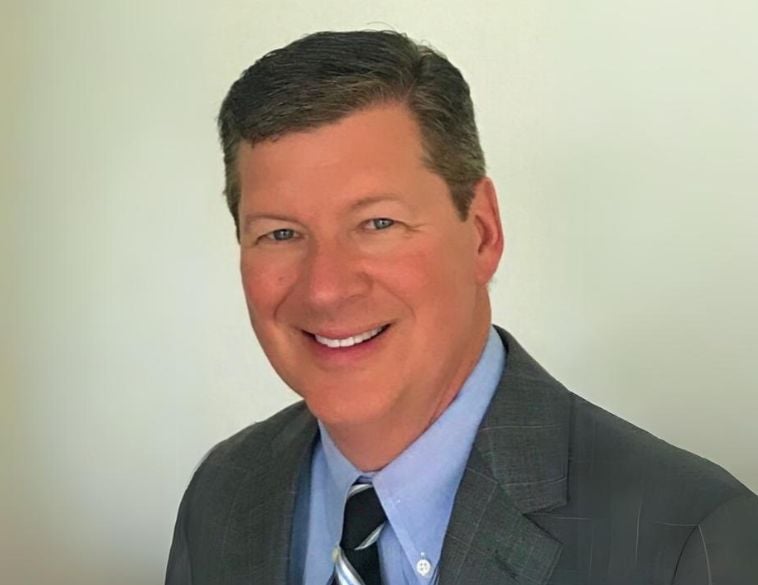Profitability and performance go hand in hand. You can’t have one without the other; achieving profitability or performance in today’s collision repair space is daunting. However, it doesn’t have to be that way.
Different systems and business management tools can be used to improve the profitability and performance of one’s business with little to no additional investment. In this article, I will share with you what some of these systems or business management tools are, and I will also provide you with an example of how to use them in your own business, whether you are a collision repairer or a member of the supply chain or out of the industry altogether. All can use these tools when improving the profitability and performance of the business. These tools and systems are as follows, the 80/20 rule, also known as the Pareto principle; an organization for standardization, also known as 5S; training and career paths of your employees.
80/20 Rule
The 80/20 rule, also known as the Pareto principle, is a business management tool that suggests 80% of a business’s output should be expected to come from 20% of the company’s input. One may be reading this and thinking, “There is a lot more than 20% of my business that goes into repairing cars!” Fair enough, that is a very logical thought when looking at a collision centre day to day; however, I would challenge that thought. I would ask a collision repairer, or any other business owner, to remove their “blinders” when looking at their business. Let’s take a moment and do this together as a collision repairer; there are many moving parts in the daily operations of a collision centre. Therefore, a collision repairer needs to identify the problem they want to solve; let’s call it “Cycle Time.” So, what is the 20% of the entire process that creates “ease of use” for 80% of the repair process? Most collision centres will have multiple departments that a vehicle needs to flow through to the delivery stage; from Repair Planning to Ready for Delivery, a vehicle may need to pass through seven to ten departments to be ready for delivery. With that said, one may suggest that the 20% will impact the other 80% are the Estimating and Parts Management departments. Let me ask if a shop focused and dialled in on a complete estimate being written once and ensuring all the parts were correct. There was no need for return or exchange at the time of repair. Do you think we could improve the business’s cycle time? Thus, improving the business’s profitability and performance by focusing on the upfront 20% of the process will impact the other 80%.
Organization for Standardization
Organization and standardization, also known as 5S (sort, store, shine, standardize and sustain) The purpose of the 5S methodology is to improve workplace efficiency and productivity by creating a clean, organized, and safe work environment. It aims to eliminate waste, reduce errors, and increase employee satisfaction by providing a clear and structured system for organizing workspaces and materials. 5S has also improved profitability and performance in the inventory management of locations within Simplicity Car Care; this was done by organizing and standardizing SKU lists, then by replenishing material carts per technician daily, the shops were able to decrease their consumption of paint material and allied products significantly due to this process, with very little to no re-investment. The ROI on this process was thousands of dollars. There are tangible and intangible business costs that can be reduced by ensuring that organization and standardization are culturally influenced, not an event or clean-up day.
Training and career paths for staff
Training and development of our staff is something every business owner wants; however, with profits being razor sharp and capacity is an industry-wide issue, time off-site for training is easier said than done. Having the capability to create career paths is very important today for our employees. It should be part of every “robustness plan” for the future of every business. The collision repair industry offers a wide scope of additional training, whether from a Paint Manufacture or Distributor, I CAR courses or support from industry Franchise Systems. These are all great ways to improve technician and office staff competency, but as mentioned earlier, it may not be easy to add to a schedule and may not fit an operational budget. However, where there is a will, there is a way; let me share with you what I have noticed shops do across the country to provide in-house training to attract out-of-industry staff and retain current people. I have seen forward-thinking shop owners create in-house training and development programs for their staff. Some areas focused on were administration functions, detailing procedures, preparation for paint and disassembly and reassembly training programs. Internal training programs help shops improve their profitability and performance from many angles. Let me explain how creating training programs internally has forced shop owners to focus on ensuring all activities are done the right way by the right person at the right time. Shop owners have also seen great employee engagement and a higher level of sensitivity to the issues that collision repair owners experience daily. By creating systems and processes owned and executed by the staff, shops have seen that their profitability has improved along with their performance-based agreement scorecards. In addition, culture is rejuvenated by re-engineering internal policies on managing vehicles, ultimately making these collision centres employers of choice in the regions they serve.
In conclusion, these are turbulent times; profitability and performance are being challenged more now than I have seen in years prior. However, business management methods and tools can support the improvement of profits and performance by rejuvenating culture through reengineering systems and processes. Some low-cost methods that anyone can implement are; the 80/20 Rule, a great focus on organization and standardization and emphasizing creating training programs internally or by reaching out to industry partners for support.
Sponsored Content by Simplicity Car Care



